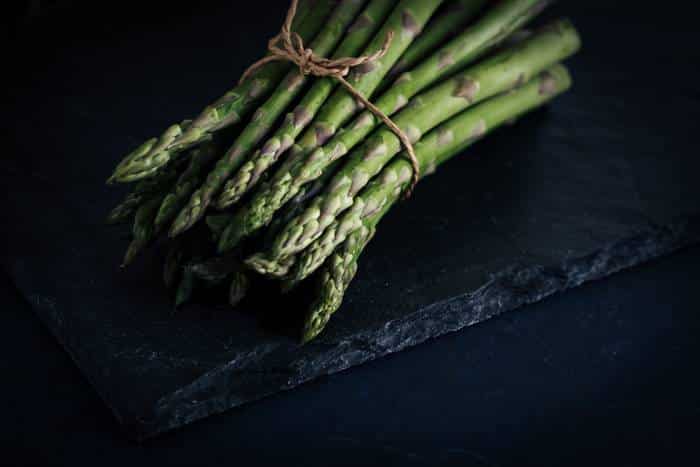
Lately, I have been busy writing articles for a few different sites. Among them, I have written articles for the Food Bloggers of Canada about pricing your work and estimating jobs. When it comes to money, there is a lot to talk about. In fact, I’m writing a book about it. As well as everything you need to start your own food photography business.
Pricing your work is slippery terrain for even the most veteran photographer. There is no standard pricing for photography. It all depends on the perceived value of your work in the marketplace.
With the advent of digital photography and smart phones, the perception of the value of photography has suffered. People often think we are button pushers. They think that if they too, had a big fancy camera, they could do what we do. I’m not sure why this is. When I buy a paint brush, I don’t think I can paint a Picasso. A tool is just a tool. It’s what you can do with it that counts.
This misperception is what photographers must battle against every day. I’m not saying this because I am angry and bitter. In fact, I’m very optimistic about the industry. Never before has there been such opportunities for photographers. Almost every kind of business you can think of needs some sort of visual collateral these days. We live in exciting times.
However, the reality is that budgets are often tight. Another reality is that we have rent and mortgages to pay. When you’re concerned with putting food on the table, you’re more apt to take less than you should, because some money better than no money, right?
The problem with this is that the value of photography goes down even more, which will make it increasingly difficult for photographers to get paid what we’re worth. There are already a lot of companies like Kodakit and Smart Shoot who are hiring photographers for commissioned work for next to no money and demanding all rights.
Consistently working for cheap or getting involved in these schemes guarantees that your business will not survive, and it has everything to do with your CODB.
This is otherwise know as the “cost of doing business”, and it is what it costs you to run your business. This includes everything from your gear to your subscription to Quickbooks. This is what you need to pay for before you start making a profit, and it affects the bottom line of every business. The reason you are paying sixteen dollars for that gourmet burger and fries when you go out to eat with your friends on Friday night is not because the restaurant is trying to gouge you. It’s because they need to factor their CODB into the price, which is made up of a lot more than the price of the ingredients. It includes the rent, the staff, the food, and everything else, from the cutlery to the accountant and tax man. The very little that is left is the reason that most restaurants go out of business.
The same goes for your photography business. When you need to splash out tens of thousands of dollars for the most basic gear and accessories, how long do you think you can afford to get paid two hundred bucks for a photo shoot? In my area, it costs about $600.00 a day just to rent the gear I use for one day. So why should a client pay you less than that for all your hard work and talent?
As a full-time working photographer, believe me that I understand the temptation to accept work that is underpaid, and to work with clients that don’t value what I create. I went from having a steady paycheque and benefits to starting every month wondering how I was going to make it through to the next. The struggle is real.
So what do you do?
One of my mentors Corwin Hiebert said it best, “Explore every opportunity but have the guts to walk away.” Walk away from the jobs that will pay you peanuts, or from trying to please the clients that will always be displeased. If this means having a part-time job pouring lattes, so be it. Most likely, If we’ve made it this far, we have a wealth of skills to trade on–whether that be teaching or writing, or repairing dysfunctional camera gear. If you continue to charge low prices, it will be very difficult for you to increase them, and eventually your business will tank.
When you are starting out, of course you cannot to expect to charge what the veteran food photographers in your area are charging. However, you should not charge a lot less. It’s not fair to them and it’s not fair to you. There is usually a range that your target market will fall within. Find out what that range is and start off at the low end.
If you have not sat down and run the numbers, figured out your CODB, then this is the first thing you must do. It can be a very sobering exercise. The next thing is to figure out what you can do besides photography. There is no shame in doing something else, if that’s what you need to do. It will take a lot of the stress off. Perhaps you’ll even be more creative when not weighed down by the constant burden of wondering where your next dollar is coming from. Most of all, it will make it much easier to walk away and focus your energies pursuing the kind of work that aligns with you most love to do and likely excel at.






